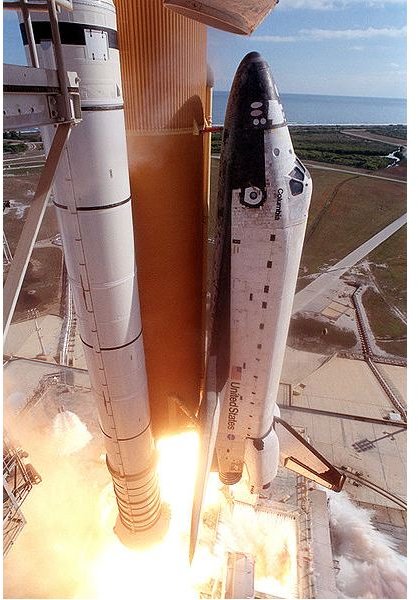Retirement of the Space Shuttle Program is Wrong
Editor’s Note: This article was originally published on July 31, 2011.
Looking back at the morning of February 1, 2003, it’s a wonder why I grew so complacent with the missions of astronauts aboard the space shuttle. They had become commonplace. So much so that news of a new launch or landing was relegated to the bottom ticker on CNN. The public, like myself, had simply taken for granted that the space shuttle would launch on a regular schedule, some new mission would go off without a major hitch and the astronauts would come back unscathed. Even after the Challenger mission ended in tragedy 17 years earlier – all of the problems had been fixed. Right?
That all changed that morning when America and the world were reawakened to the dangers and possible tragedy manned space flight can present. On that fateful day, the crew of STS-107 perished aboard the space shuttle Columbia. The mission had gone well. But what no one knew was that a piece of the insulation foam broke away from the external tank during launch and impacted the left wing. Some NASA officials attempted to investigate, but were met with a culture of nonchalance. Upon reentry, the Columbia disintegrated.
I remember waking up to one of my friends informing me of the disaster. As the news agencies continually played the sparkling remains of the shuttle and her crew dancing across the morning sky in Texas, I wondered about the future of the shuttle program. Two out of five of the space-worthy vehicles had been destroyed and 14 human lives lost. The statistics showed that being an astronaut on a space shuttle was still one of the most dangerous jobs imaginable. In effect, I woke up from my sleep and I’m pretty sure most Americans woke up that day.
A New Frontier
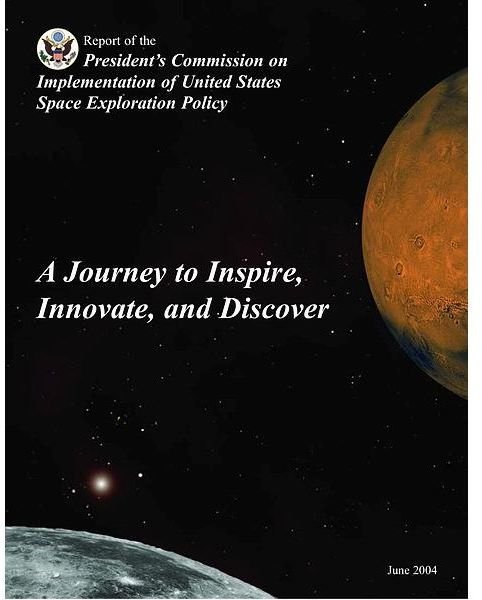
It wasn’t long before the investigations began and the finger pointing stalled the shuttle program. Launches were put on hiatus and the ultimate decision was made by the only person who could use enough executive authority to make a permanent difference – the President of the United States.
On the morning of January 14, 2004, President George W. Bush announced in his “Vision for Space Exploration” that the shuttle program would be slowly phased out over the next few years. Although this vague statement was a shock to many, the administration in both the White House and NASA proposed a new direction for the space program. NASA would refocus its efforts on returning to the Moon and eventually begin planning a manned mission to Mars. Was this enough to stifle those consummate supporters of the shuttle? What about the people that worked so hard making each mission a success? Did we have the technology to go back to the Moon? Did we have the will? All of these questions were valid, if complicated.
<em>Watch George W. Bush’s Vision for Space Exploration</em>
Politics
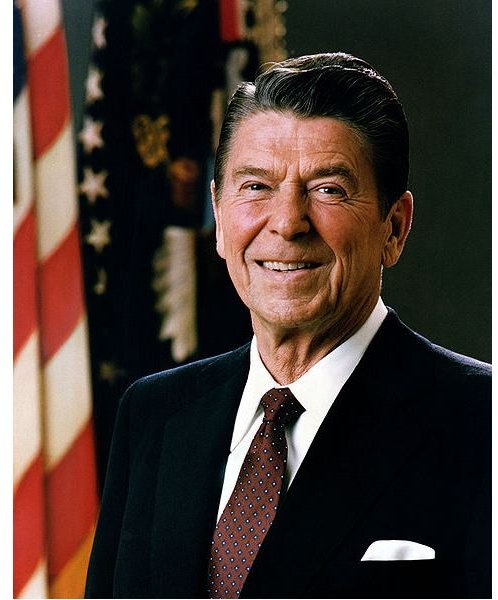
The tragedy of the Columbia was merely the pretext for the cancellation of the program. For years, the shuttle program has been a target for much political debate. Despite its continued success, the political parties in the US used its existence as a point of contention over everything from military spending to social welfare programs. Republicans generally pushed for continuing the shuttle missions at any cost, leveraging its symbolism as a point of pride among other nations. Many also promoted the fact that everyday tools and products could be created from the scientific breakthroughs. Democrats often had the policy that the money spent on much of the space program would be better put toward domestic concerns. While both sides had proponents and opponents, cuts to the space shuttle were generally considered off limits.
How much of the cancellation was political? Too much, I think. With the nation at war following the September 11 attacks and the Bush administration losing its footing, it was an easy target for spending cuts. The same holds true for the Obama administration. With the economic collapse in 2008, the space shuttle program looked like a frilly adventure in the face of regular Americans concerned with getting through college, making a mortgage payment or simply putting food on the table.
In a world without flying cars or sci-fi transporters, previous presidents stood by the space shuttle no matter what. Sometimes they even garnered political gain from it. No president supported the grandeur and mystique the shuttle offered more than Ronald Reagan. President at the time of the first launch through the Challenger disaster, his speeches hearkening a greater glory in the shuttle still bring goosebumps to many space aficionados, regardless of political belief. With bold imagery and a grandfatherly voice, he knew the space shuttle missions meant something more to the population. In spite of tough economic times, a war on drugs or a perceived decline in the moral fabric of the nation, our collective spirit followed those brave astronauts into orbit and back to the safety of the Earth. We knew that no matter what happened, the space shuttle was our ticket to a grand future.
Watch Ronald Reagan’s Challenger Speech
Cost and Commitment
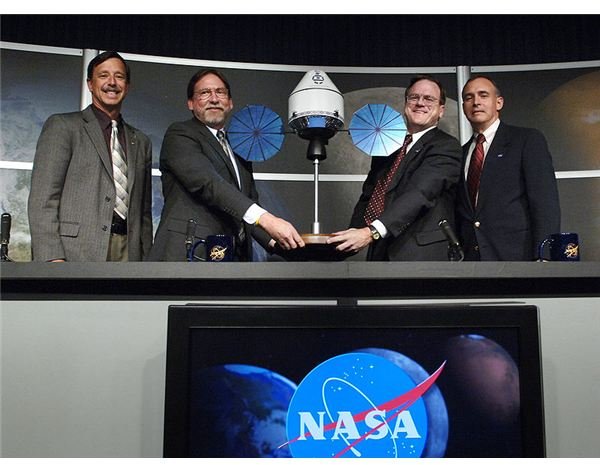
When looking at some of the costs of the space shuttle program, it’s no wonder it was put on the chopping block after that second disaster. The shuttle program was designed to be far more efficient than it ended up being. Adjusted for inflation, NASA initially planned on spending $43 billion on the entire program. It was stated that each flight would cost $54 million. By the time of retirement, the agency had spent $196 billion on the base program with an additional $450 million per mission. This is a far cry from what was originally planned, there are even documents that show estimates put the payload cost at under $118 per pound and that the shuttle was going to launch up to 50 times per year.
Despite the fact that the US financial commitment spiraled out of control, canceling the shuttle program has left NASA with numerous other problems. The shuttle is by far the largest project NASA has maintained for the past three decades. It accumulated so many inventories that it takes 654 different facilities to house everything. While the shuttles have found homes around the country, the rest of the inventory may just become knickknacks on a collector’s shelf.
What’s worse is that in a downed economy, “Wheels stop” means much more to some than to others. Nearly 8000 men and women working on the program can expect to be out of work. While it may not sound like much, every new person in the unemployment line is a tragedy itself. Especially when they are among the brightest talents in science.
Was It Worth It?
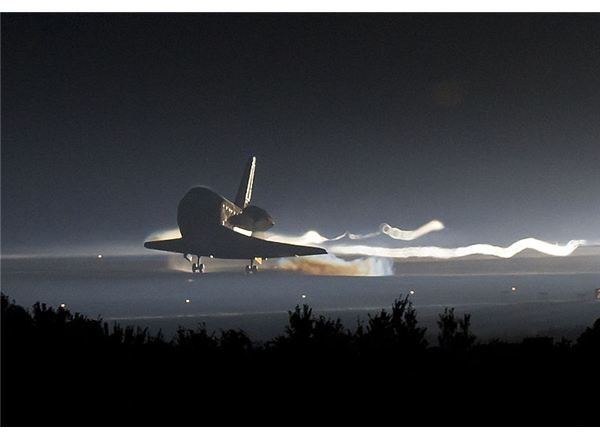
Like many Americans, I sat in the dark dawn of July 21, 2011, feeling the collective national pride and bittersweet sadness of the final landing. As Atlantis emerged from the blackness of space and into the blistering lights of the John F. Kennedy Space Center, one couldn’t help but ask whether the rewards were worth the cost. After 30 years, our beloved shuttle program simply ended with a whoosh of a parachute and the flash of a camera. A few statements from the astronauts and pink slips followed.
With three decades of hard work from countless individuals in space and on the ground, what was it that we really accomplished? The Hubble was fixed. The International Space Station was built. We saw the first woman in space. The first African-American in space. Countless scientific experiments were conducted. Will Space X be able to repeat these successes when we hire them to bring astronauts to low earth orbit? How much will Russia charge us to hitchhike aboard the Soyuz?
Retiring the aging space shuttle fleet may be the right decision in the long run. But part of me – the space in my heart reserved for childlike wonder and hope in all humanity – has its doubts. I wonder how long it will be before I get to watch an American manned space flight again. I wonder what will truly happen when retirement of the ISS is discussed.
Most importantly, I wonder what my children and the children all over this great country will look up to see in the future. Will they stare into an empty sky, curious what it would be like to have humans orbiting the planet Earth? Or will they gaze up to see a star brighter than all the others and know that some day they too can fly a space shuttle, paving the way to the new frontier?
References
Columbia Accident Investigation Board Public Hearing
How Much Does It Cost to Launch a Space Shuttle?
Shuttle Workers Grapple With Pink Slips
Image Credits
STS-107 Launch by NASA used under Public Domain
Vision for Space Exploration Cover by NASA used under Public Domain
Official Picture of President Reagan by the Executive Office of the Presidency used under Public Domain
Orion Briefing by NASA used under Public Domain
STS-135 Landing by NASA used under Public Domain
